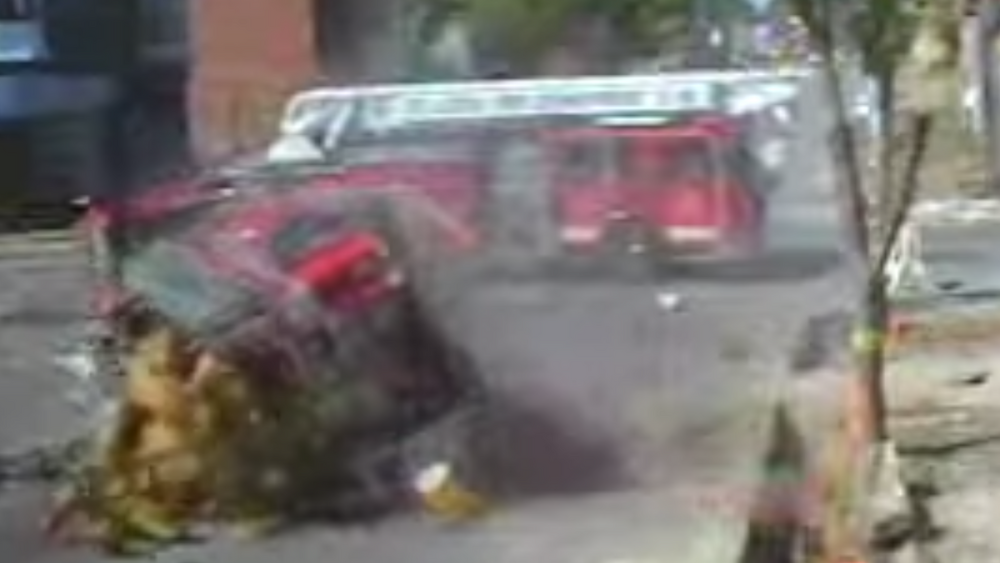We’ve all seen it – fire engines barreling through an intersection, sometimes with terrible results.
The NFPA’s Firefighter Fatalities in the US – 2018 report, published in June 2019, shows that 16 firefighters died in vehicle-related incidents, including 12 firefighters who died in vehicle crashes. Eight of the 12 firefighters who died in crashes were killed while responding to emergencies – three to motor vehicle crashes, two to structure fires, and one each to a wildland fire, an EMS call and a water rescue.
The NFPA reports that there were 15,430 collisions involving fire department vehicles responding to or returning from incidents, resulting in 1,005 injuries, in 2017. There were also 750 collisions involving firefighters’ personal vehicles responding to or returning from incidents.
These numbers certainly paint a picture for us in how we should be approaching driving duties and how easy it is for us to get into a collision with either the fire truck or our own personal vehicle. And think about the bigger picture: Beyond the ultimate terrible end-result of getting killed or severely injured, if we do get into a collision (minor or serious), we also delay the response to the call to which we were originally dispatched – and now we need assistance to deal with a new incident.
The key part of responding to an incident is the intersection with either stop signs or a set of traffic lights. This is where we find a good number of collisions taking place with other emergency responding vehicles or with civilian vehicles.
The following video out of St. Louis shows two fire apparatus colliding at an intersection.
The results of a collision can be fatal for both sides – the firefighter and the civilian. Most times when we have a collision with a fire apparatus and a civilian vehicle, the occupant of the civilian vehicle will end up sustaining the most significant injuries or worse, be killed.
A common problem is not blowing right through a red light. You will see an example of this with the second video where a fire truck drives right through the intersection without stopping for the red light.
Every state will have a provision within their highway traffic regulations to allow fire apparatus to proceed through red lights, provided they come to a complete stop first, ensure the way is clear in all directions, and then when it is safe to do so, proceed through the intersection.
The time it takes to stop at a red light is worth it because we are ensuring the safety of the occupants of the other vehicles while allowing us to carry on responding to our destination for the call to which we have been dispatched.
After watching these videos with your company, take the following steps to help prevent similar incidents:
- Have a roundtable discussion on the importance of stopping at a red light. Get members talking about how they feel about having to stop and whether they agree with the practice. It will like drum up some interesting debate. Just remember to bring it back to the overarching message of safe driving and how it ultimately benefits everyone involved.
- Conduct driver training to practice stopping at red lights. This can be accomplished by driving around the response area, and practice the skills of covering the brake pedal when passing through intersections, watching the pedestrian lights to indicate a signal change, varying the speed going through an intersection, and stopping when a yellow light appears before the red light.
- Review the department’s standard operating procedures and guidelines (SOPs/SOGs) to determine the expectations for the crew, particularly related to intersections and red lights.
- Discuss what losses would be sustained if one of the firefighters killed a driver of another vehicle by not stopping at a red light. This is where it gets real. Consider what happened with the Wenonah Fire Company in New Jersey, as reported on The Secret List.
Editor’s Note: Have you had a collision close call? Share your experience in the comments or at editor@firerescue1.com.
Next: Watch Chief Goldfeder tackle the issue of speeding engineers.













